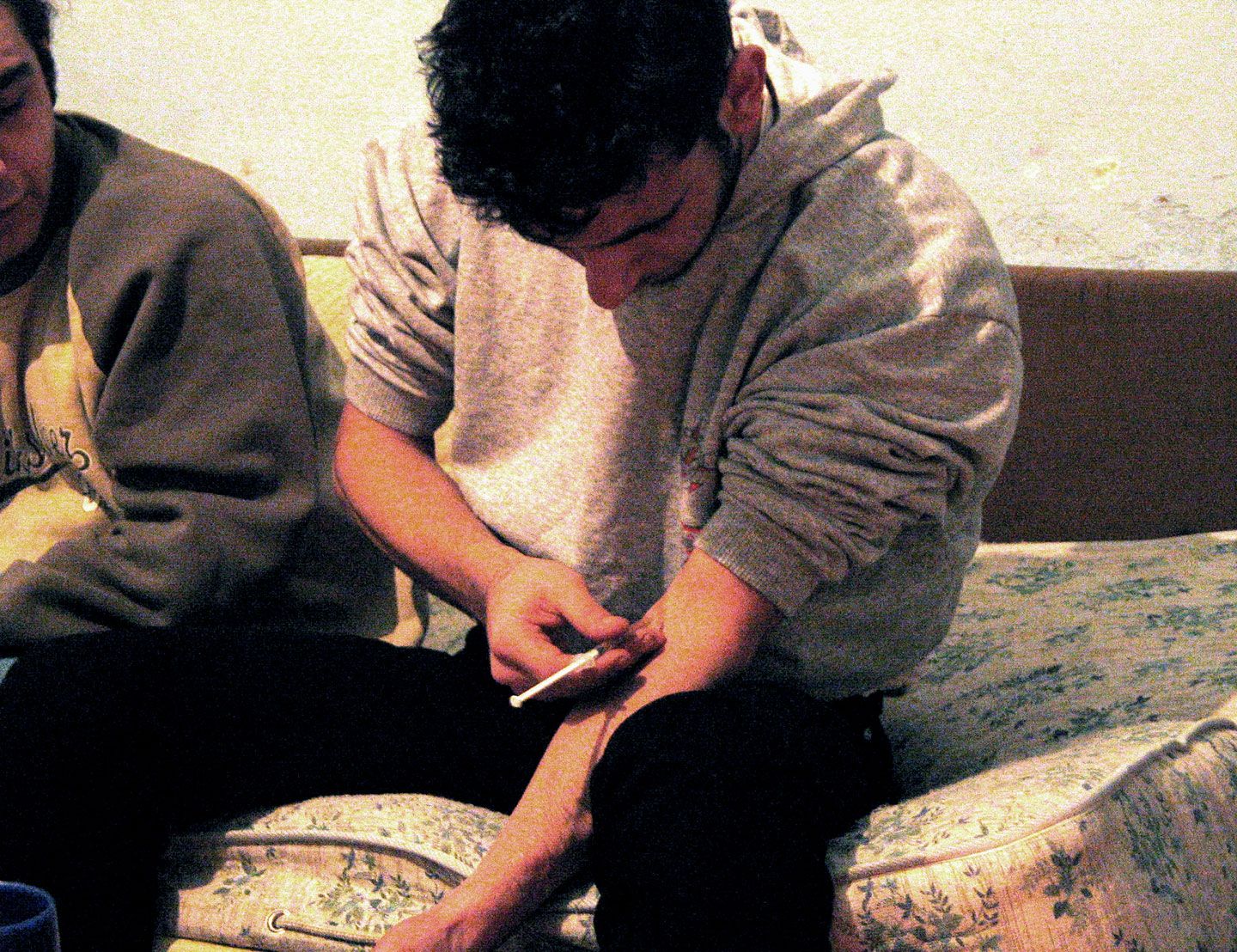Autonomy


From Immanuel Kant to Margaret Tatcher, the (neo)liberal notion of autonomy has coincided with one’s independence from external agents. With the widely adopted policies to contain the Covid-19 outbreak—self-isolation, dismantling of social bounds, and desertification of common spaces—this model of autonomy seems to have found an unexpected ally for its ultimate realization, although simultaneously unveiling its total unsustainability. It has become in fact evident that in order to be autonomous, humans need to be in constant interaction with other agents, rather than independent from them. Thus, contrarily to what (neo)liberalism has professed for centuries, autonomy implies an absolute openness towards the other.
Dao is not a thing. It is not a concept. It is not the différance. In the Cixi of YiZhuan (易傳‧繫辭), Dao is simply said to be “above forms,” while Qi is what is “below forms.” We should notice here that xin er shang xue (the study of what is above forms) is the word used to translate “metaphysics” (one of the equivalences that must be undone). Qi is something that takes space, as we can see from the character and also read in an etymological dictionary—it has four mouths or containers and in the middle there is a dog guarding the utensils. There are multiple meanings of Qi in different doctrines; for example, in classic Confucianism there is Li Qi (禮器), in which Qi is crucial for Li (a rite), which is not merely a ceremony but rather a search for unification between the heavens and the human. For our purposes, it will suffice to simply say that Dao belongs to the noumenon according to the Kantian distinction, while Qi belongs to the phenomenon. But it is possible to infinitize Qi so as to infinitize the self and enter into the noumenon—this is the question of art.
The plantation regime and, later, the colonial regime presented a problem by making race a principle of the exercise of power, a rule of sociability, and a mechanism for training people in behaviors aimed at the growth of economic profitability. Modern ideas of liberty, equality, and democracy are, from this point of view, historically inseparable from the reality of slavery. It was in the Caribbean, specifically on the small island of Barbados, that the reality took shape for the first time before spreading to the English colonies of North America. There, racial domination would survive almost all historical moments: the revolution in the eighteenth century, the Civil War and Reconstruction in the nineteenth, and even the great struggles for civil rights a century later. Revolution carried out in the name of liberty and equality accommodated itself quite well to the practice of slavery and racial segregation.
My taxonomy of images of alterity from the twentieth century—ethnographic, militant, and witness—is not opposed but rather transversal to Rancière’s. What I am interested in, firstly, is tracking the kinds of discourses underlying images of Western alterity in the aftermath of the postcolonial critique of the ethnographic image, the demise of the third-worldist militant image, and the exposure of the limitations of the witness image, which often serves to perpetuate the figure of the “victim.” These visibilities have perhaps become the “visual” in Daney’s sense. Second, I wish to consider the possibility of an image of soulèvement—in the sense of an image of an other that could threaten Western imperialism and capitalist absolutism, a system this is consensually driven by the desire and need for visibility, and that legitimates social Darwinism with racism and misogynist speech in the public sphere.








